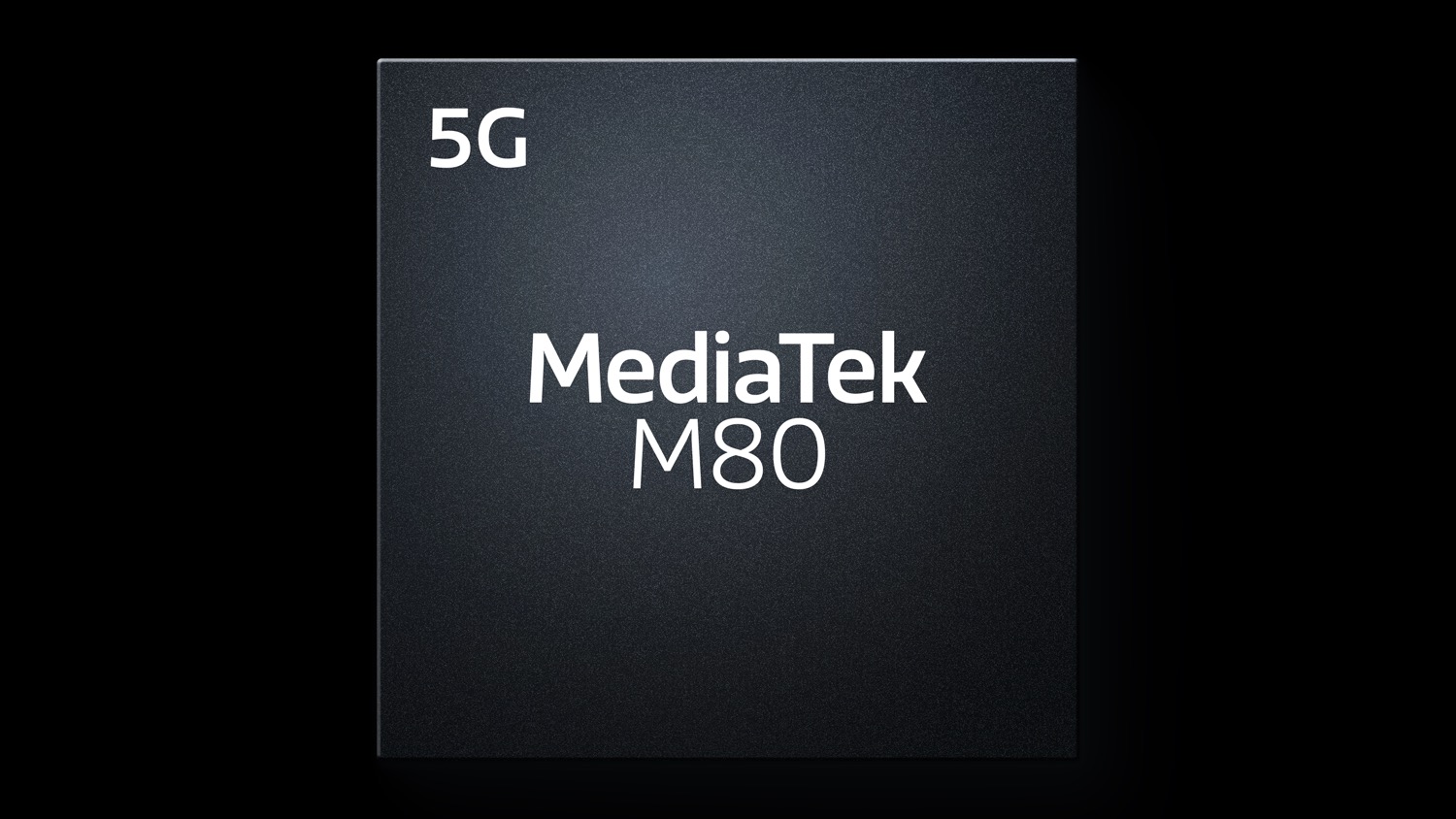Nokia and MediaTek achieve 3.2 Gbps 5G speeds with carrier aggregation
The combination of Nokia’s AirScale portfolio and MediaTek technology boosts the possibilities of spectrum assets and 5G networks.

Nokia and MediaTek have announced that they have achieved a world’s first by successfully aggregating 5G Standalone (5G SA) spectrum using 3 Components Carrier (3CC) aggregation. This increases the sub-6Ghz 5G spectrum utilisation by combining 210MHz of FDD and TDD spectrum more efficiently to reach 3.2Gbps peak downlink throughput. The move will enable communication service providers to deliver higher throughputs and better coverage to more customers.
“Boosts the possibilities of spectrum assets and 5G networks.”
JS Pan, MediaTek.
“This test demonstrates the importance of carrier aggregation in enabling mobile operators around the world to deliver best-in-class speed and capacity to their subscribers. The combination of Nokia’s AirScale portfolio and our technology boosts the possibilities of spectrum assets and 5G networks. We look forward to continuing to partner with Nokia to advance the 5G ecosystem,” said JS Pan, General Manager, Wireless Communication System, and Partnerships at MediaTek.
Latest 5G technology
For the successful test both companies provided their latest 5G technology. Nokia supplied its latest AirScale equipment, including its AirScale 5G SA architecture powered by its ReefShark System-on-Chip (SoC) technology as well as its cloud-native 5G core. Meanwhile, MediaTek provided its new M80 5G modem which combines mmWave and sub-6 GHz capabilities onto a single chip as well as the user equipment testing platform.
Carrier Aggregation combines frequency bands for higher rates and increased coverage, delivering superior network capacity by maximizing the spectral efficiency of 5G networks. Frequency division duplex (FDD) in 600MHz (n71) is a lower frequency band that provides wide coverage area improving cell edge performance. Time-division duplex (TDD) in 2600MHz (n41) has higher bandwidth and capacity. The combination of these spectrum bands supports a range of 5G deployment scenarios including indoor as well enhanced outdoor coverage. The high-band sub-6Ghz spectrum bands support high capacity and extreme mobile broadband capabilities.
“Mobile operators can maximize their spectrum allocations and deliver enhanced coverage and capacity to subscribers.”
Mark Atkinson, Nokia.
“Nokia continues to drive the 5G ecosystem by delivering new and important innovations. This validation test demonstrates how mobile operators can maximize their spectrum allocations and deliver enhanced coverage and capacity to subscribers. Nokia is committed to pushing the boundaries of 5G and delivering industry-leading performance. High capacity Carrier Aggregation combinations can be achieved in both 5G Standalone (SA) and Non-Standalone (NSA) based on our scalable Airscale Baseband architecture,” said Mark Atkinson, SVP, Radio Access Networks PLM at Nokia.
- Why 5G small cells are vital for mmWave 5G
- Get updates on the hottest 5G stocks
- Discover the truth behind 5G dangers
- 5G towers: everything you need to know
SIGN UP FOR E-MAIL NEWSLETTERS
Get up to speed with 5G, and discover the latest deals, news, and insight!
Rachael is a British journalist with 17 years experience in the publishing industry. Since launching www.digitalcameraworld.com, she’s been freelancing, and working for some of the world’s best-loved websites and magazines including T3.com and TechRadar.com and has also had a book, iPad for Photographers, published. A regular contributor at 5Gradar, Rachael is following the 5G market closely. Find out more at www.rachaelsharpe.com

